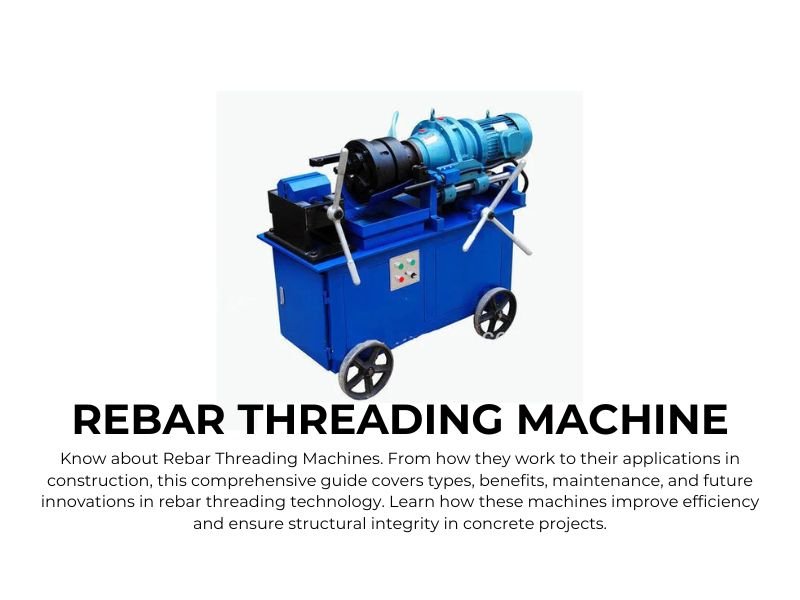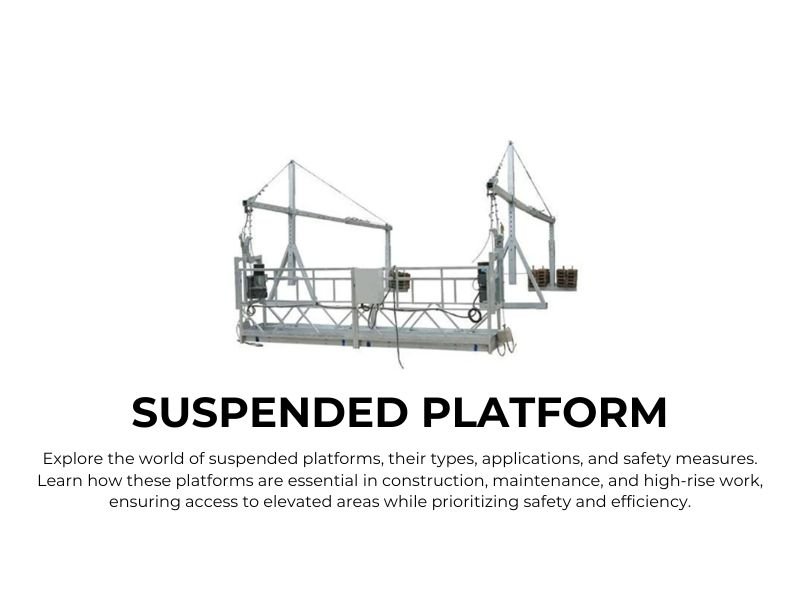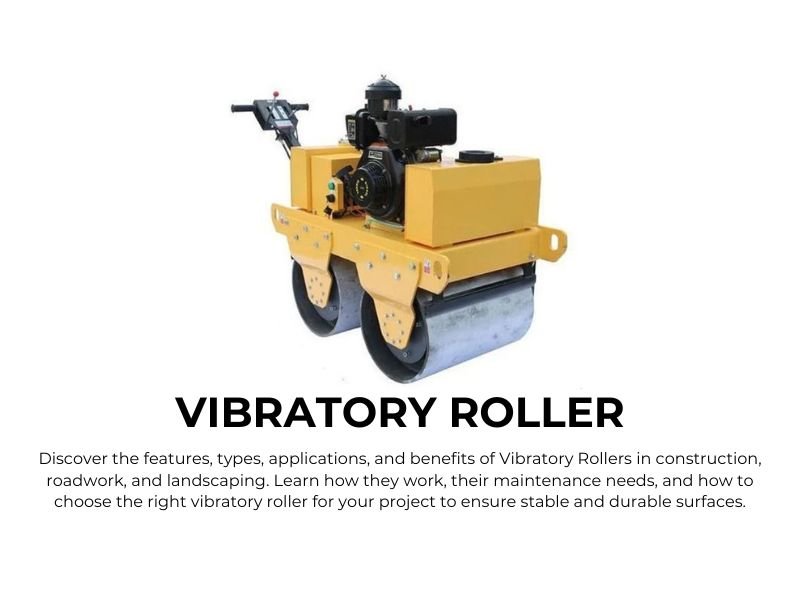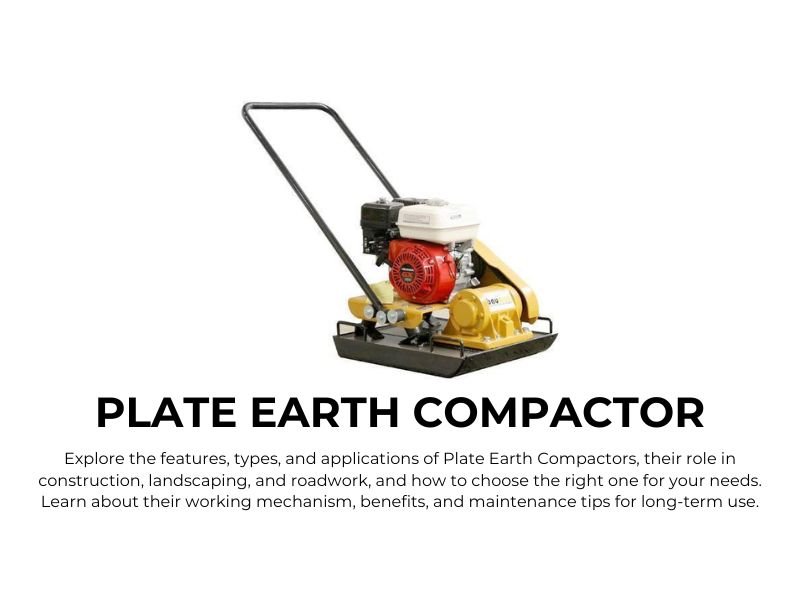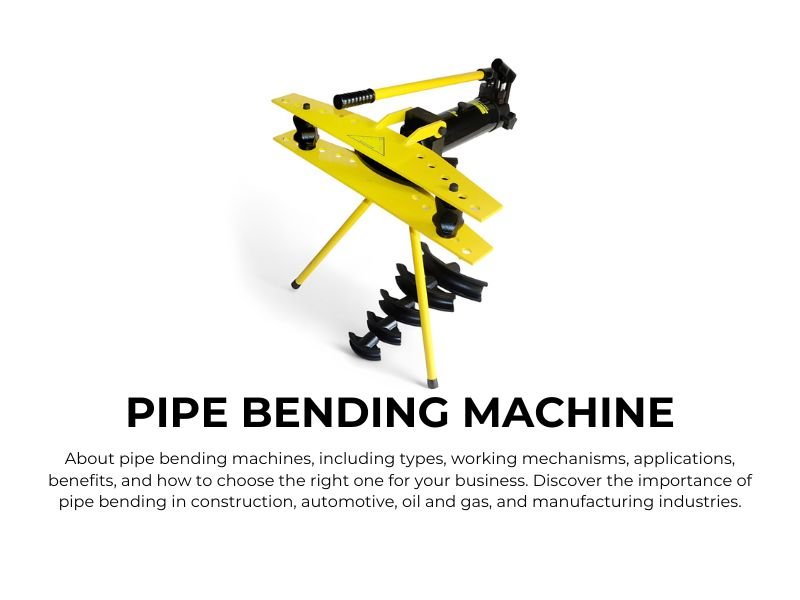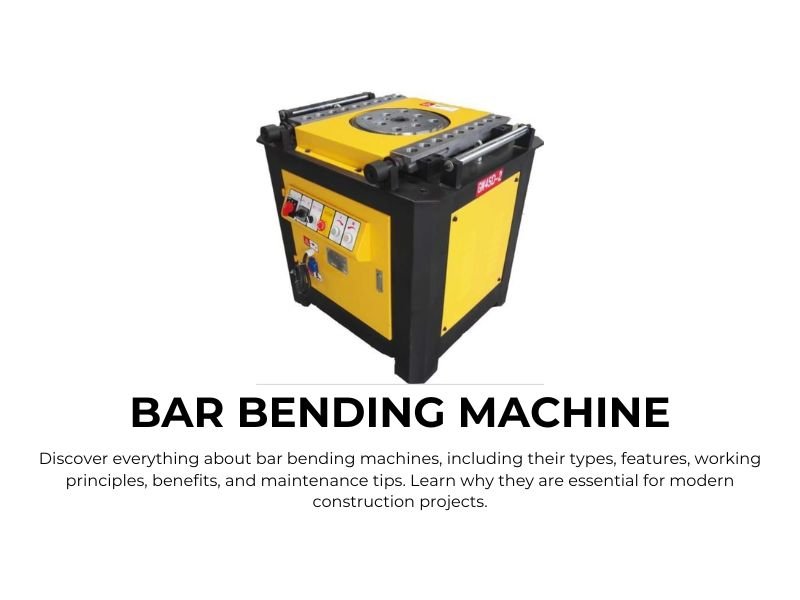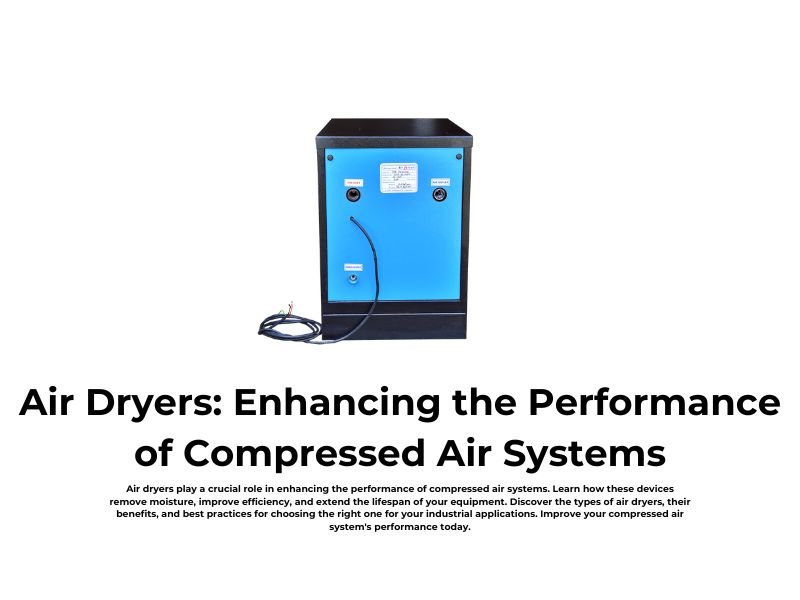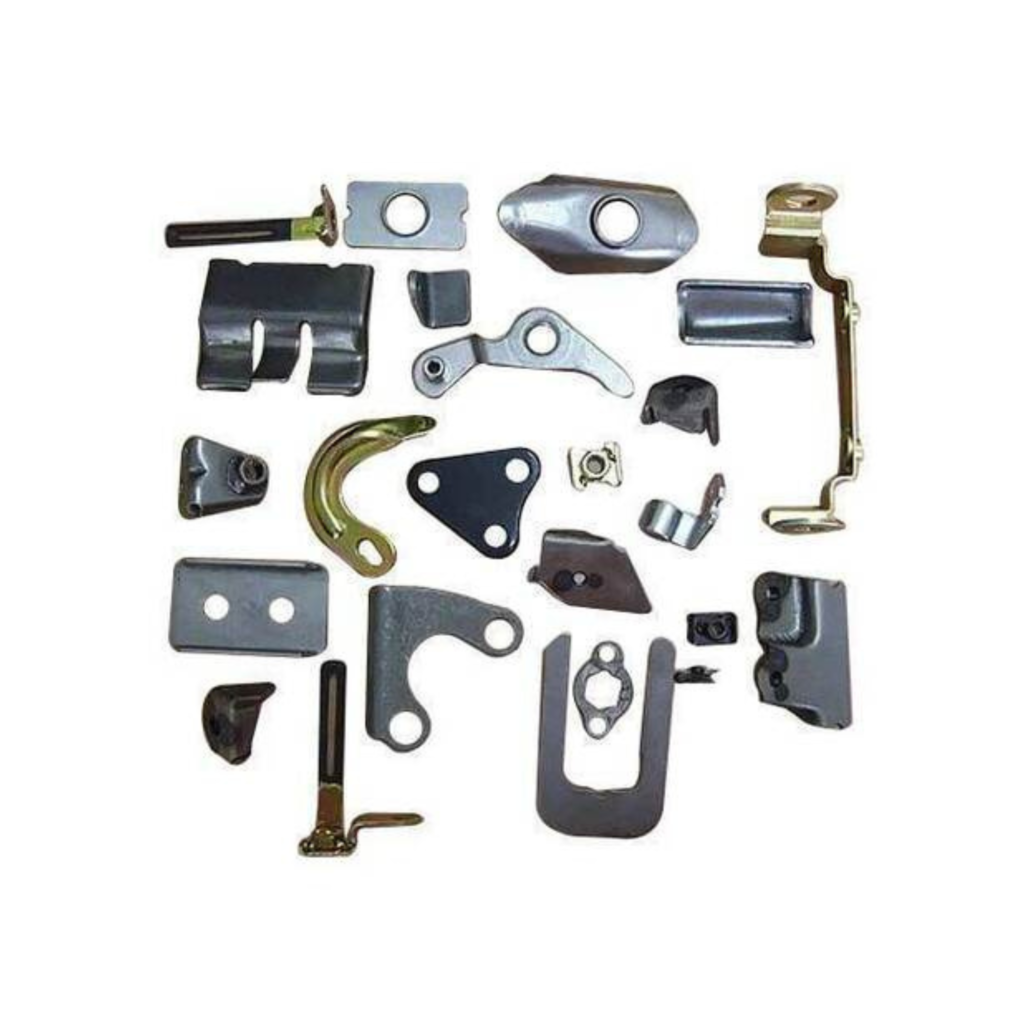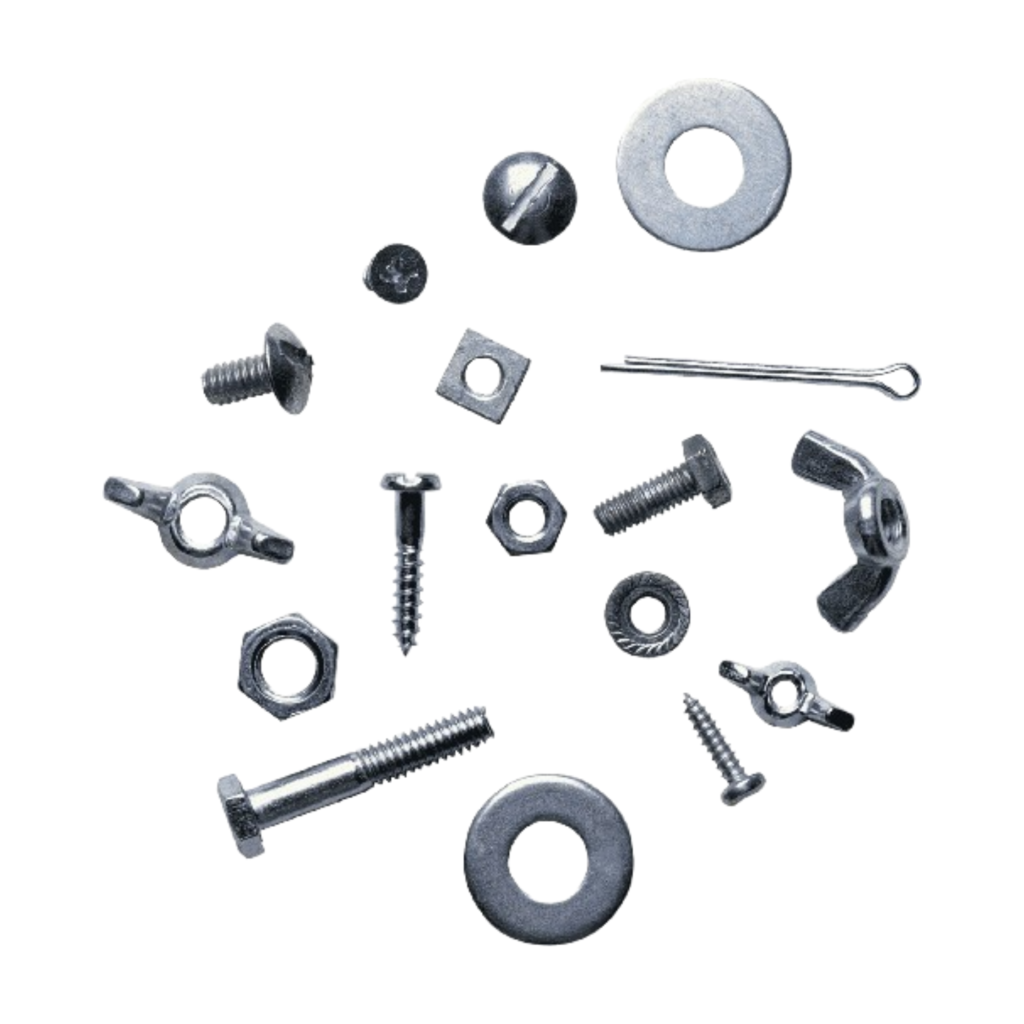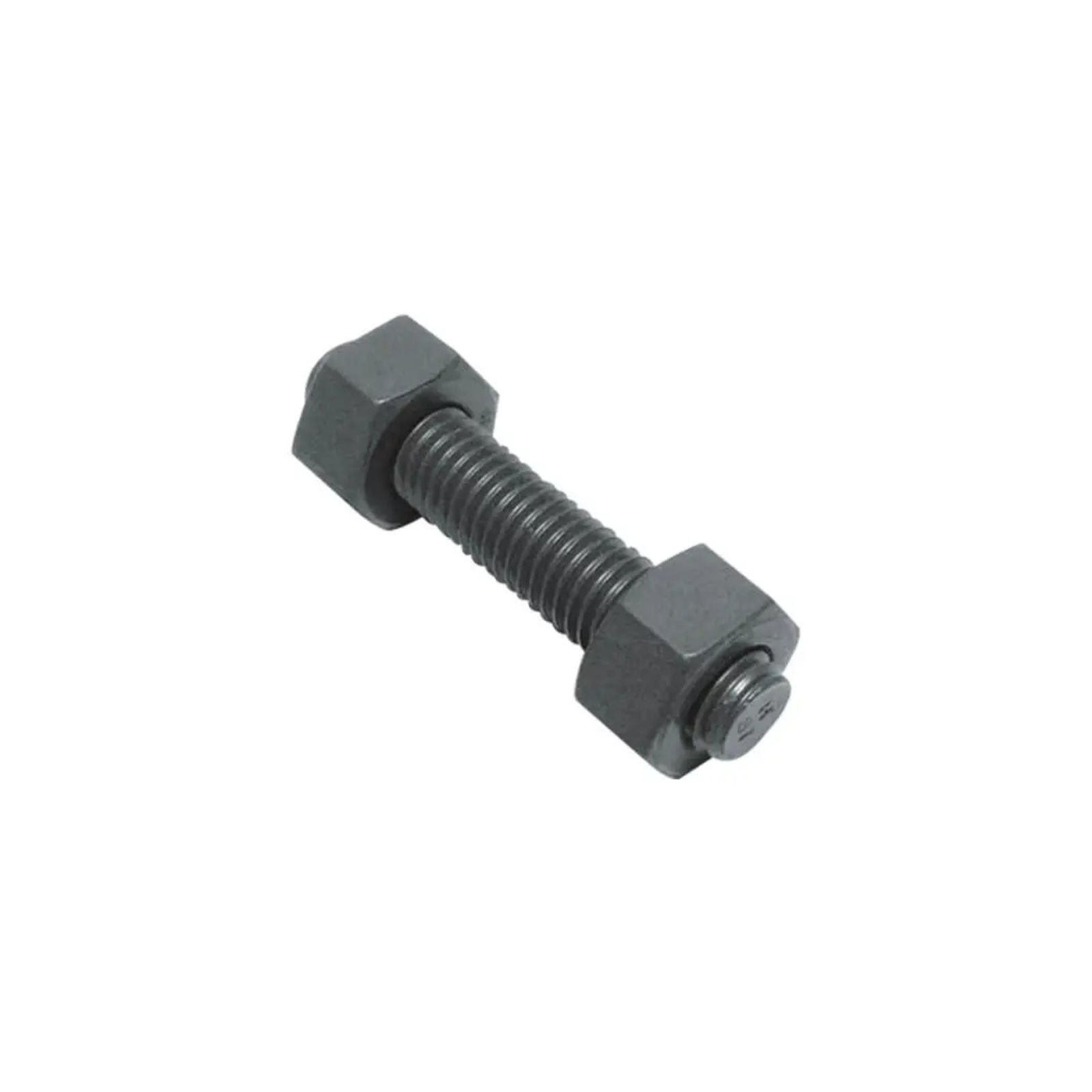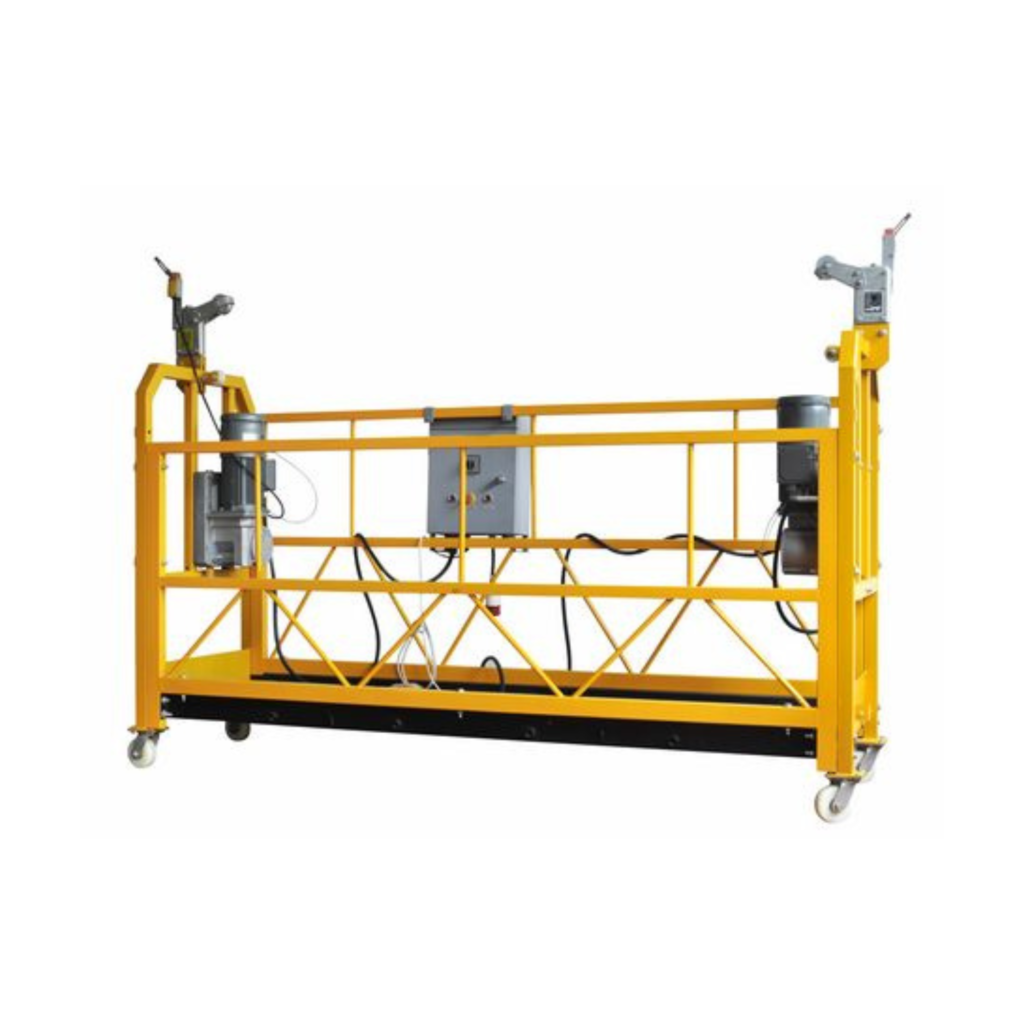Explore the key differences between 3-ton and 5-ton plate compactors. Learn how to select the right model for your construction project based on factors like terrain, load-bearing requirements, and efficiency. Make an informed decision for optimal compaction results and long-term value.

When it comes to compacting soil, gravel, or asphalt for construction projects, plate compactors play a vital role in ensuring stability and durability. These machines are essential for a wide range of tasks, including road construction, foundation work, and even landscaping. However, selecting the right plate compactor for your project can be challenging, especially when you have to choose between models with different weight classes, such as 3-ton and 5-ton plate compactors.
Understanding the specific needs of your project, the terrain you’re working with, and the desired compaction results is crucial in making an informed decision. In this article, we’ll explore the key differences between 3-ton and 5-ton plate compactors, and guide you on how to choose the right model for your construction needs.
What is a Plate Compactor?
A plate compactor is a heavy-duty piece of construction equipment used to compact soil, gravel, and other materials. It operates by applying downward force through a vibrating plate that generates high-frequency vibrations. These vibrations effectively compress and compact the material beneath the plate, increasing its density and stability. Plate compactors are used in various construction projects, including roadwork, foundation preparation, and the installation of pavers or patios.
Plate compactors come in various sizes, typically ranging from 1-ton to 5 tons, with models that are further divided into 3-ton and 5-ton categories. The main difference between these models lies in their weight and the amount of compaction force they can apply.
3-Ton Plate Compactors: When to Use Them
A 3-ton plate compactor is ideal for smaller to medium-sized construction projects. These models are lightweight yet powerful enough to handle compaction tasks that do not require excessive force. They are particularly effective for the following applications:
1. Medium-Duty Compaction Jobs
- A 3-ton plate compactor is perfect for medium-duty compaction jobs such as compacting gravel or base material for driveways, walkways, or light foundations. It is also used for asphalt work in smaller-scale projects, including parking lots or roads with lower traffic loads.
2. Working in Smaller or Tight Spaces
- A 3-ton plate compactor is more maneuverable than larger models, making it an excellent choice for working in confined or narrow spaces. Whether you’re compacting around utility lines, within trenches, or around obstacles, the 3-ton model’s smaller footprint allows for greater flexibility.
3. Residential Landscaping Projects
- For landscaping applications, where the requirement for compaction is not as extreme as in commercial or industrial settings, a 3-ton plate compactor offers the right balance of power and portability. It’s ideal for patio installations, gravel pathways, and small-scale driveway paving.
4. Cost-Effectiveness
- A 3-ton plate compactor is typically more affordable compared to larger models. For contractors and businesses that work primarily on smaller jobs or residential projects, investing in a 3-ton model can be a more economical choice while still delivering reliable performance.
5-Ton Plate Compactors: When to Use Them
A 5-ton plate compactor is a larger and more powerful machine designed for heavy-duty applications. These models are capable of handling tougher tasks and offer increased compaction power for demanding construction projects. Here’s when you should opt for a 5-ton plate compactor:
1. Heavy-Duty Compaction Needs
- For large-scale construction projects, such as commercial buildings, highways, or large parking lots, a 5-ton plate compactor is better equipped to handle the volume and intensity of compaction required. It provides higher compaction force, making it suitable for dense materials like high-moisture clay or thicker gravel layers.
2. Working on Larger Surfaces
- A 5-ton plate compactor is ideal for projects that involve compacting large areas. Whether you’re working on expansive roadways or large foundation pads, the extra weight and force behind the 5-ton model allow for faster and more efficient work.
3. High Compaction Density Requirements
- If your project involves compacting materials that need to meet high-density standards (e.g., for the base layer of a road or building foundation), the increased power of a 5-ton plate compactor can achieve more thorough and reliable compaction, ensuring long-term stability and strength.
4. Ideal for Commercial and Industrial Projects
- The 5-ton model is better suited for industrial and commercial-grade construction, such as roadwork, large paving jobs, and public infrastructure projects, where the durability and load-bearing capacity of the compacted material are crucial.
Key Differences Between 3-Ton and 5-Ton Plate Compactors
Now that we’ve outlined the uses of 3-ton and 5-ton plate compactors, let’s dive deeper into the key differences between these two models:
| Feature | 3-Ton Plate Compactor | 5-Ton Plate Compactor |
|---|---|---|
| Weight | Lighter, approximately 3 tons | Heavier, approximately 5 tons |
| Vibration Force | Moderate compaction force | Higher compaction force |
| Engine Power | Smaller engine, sufficient for medium-duty tasks | Larger engine, suitable for heavy-duty work |
| Compaction Depth | Suitable for compacting shallow layers | Can compact deeper layers of dense material |
| Maneuverability | Highly maneuverable in tight spaces | Less maneuverable due to its size |
| Applications | Small to medium-sized projects | Heavy-duty and large-scale projects |
| Cost | More affordable | Higher upfront cost |
| Fuel Efficiency | More fuel-efficient | Slightly less fuel-efficient due to size |
| Compactness | Easier to transport and store | Larger footprint, requires more storage space |
How to Choose Between 3-Ton and 5-Ton Plate Compactors
Choosing the right plate compactor depends on a variety of factors, such as project scope, material type, terrain, and budget. Here are some considerations to help guide your decision:
1. Assess the Size of Your Project
- If you’re working on a small residential or landscaping project, a 3-ton plate compactor will likely suffice. However, for large-scale construction projects, commercial infrastructure, or roadwork, a 5-ton model will offer the power and efficiency needed for large areas and heavy materials.
2. Evaluate Terrain and Material
- If you’re dealing with compacting loose or granular materials, such as sand or gravel, both 3-ton and 5-ton models can handle the job. However, for compacting dense or high-moisture soils, the higher compaction force of a 5-ton model will be more effective.
3. Consider Budget and Operational Costs
- While the upfront cost of a 5-ton plate compactor is higher, it may offer better value for large projects that require faster and more thorough compaction. A 3-ton model, on the other hand, is more cost-effective for smaller projects and may also incur lower operational costs due to better fuel efficiency.
4. Work Site Constraints
- If your project involves tight spaces or restricted access, the 3-ton plate compactor’s compact size and higher maneuverability make it a better choice. For larger, open areas where maneuverability is not an issue, the 5-ton model may be the better fit.
Conclusion
In summary, selecting between a 3-ton and a 5-ton plate compactor boils down to the specific requirements of your construction project. A 3-ton model is best suited for smaller, residential, or landscaping projects that don’t require high compaction force. On the other hand, a 5-ton plate compactor is ideal for heavy-duty, large-scale construction tasks that demand greater power and efficiency.
Carefully assess the size of the project, material requirements, terrain conditions, and budget before making your decision. By choosing the right model, you’ll ensure optimal compaction results, saving time, effort, and money while maintaining the quality and stability of your work.

